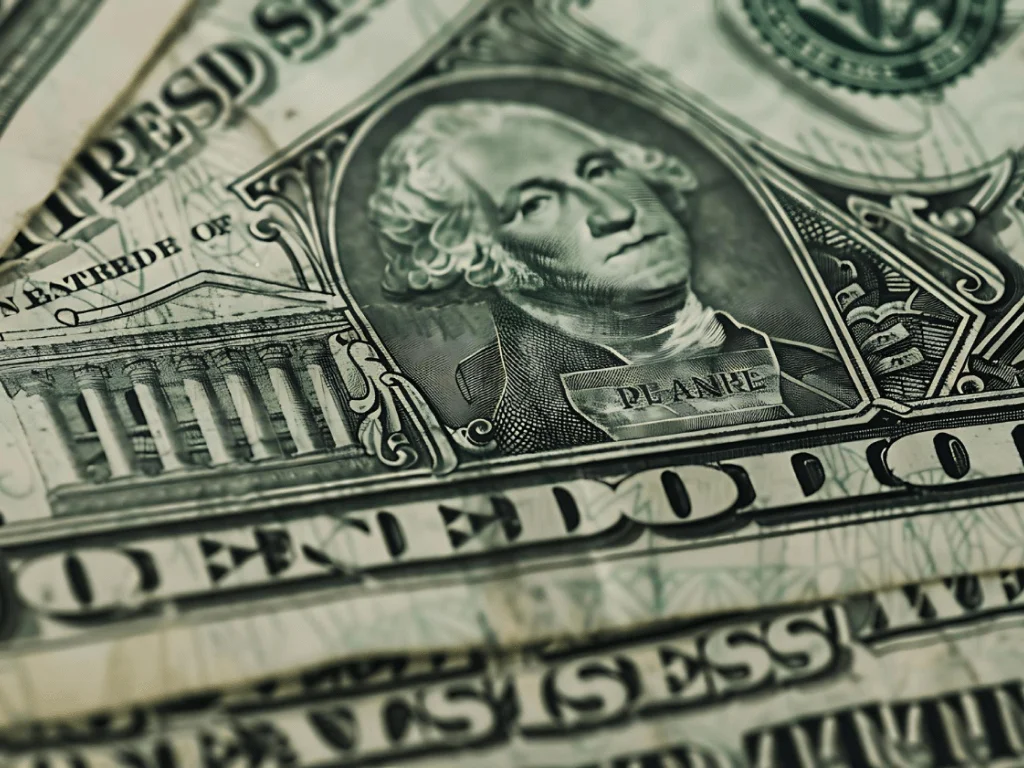Table of Contents
The 10-year US Treasury yield climbed to 4% on Monday, adding to the weekly advance after far-better-than-expected US labor market data eased recession fears. The data has brought forward a significant revamp of the outlook of future rate cuts by the Federal Reserve, and consequently, the market participants’ expectations of a 50 basis point rate cut at the next policy meeting scheduled for November 7 have fallen 50 percent from the previous week.
This yield increase was come by due to Friday’s labor report, which indicated that inhabitants of the US economy were unpredicted to amass the most jobs in six months in September. This data removed the apprehensions of economic slowdown and cemented the belief that the Fed has been holding up the higher rates longer, beneficial to the USD and equity markets at least in the short term.
Yield on US Equities and Bonds Trade Higher
The 10-year Treasury yield rose 2 bps to 4% on Monday, advancing from Friday’s 13 bp rise, and it was the first time in two months at this level. A change in the trend of bond yields affected equity markets; the investors began to factor in higher interest rates as the new binding wide trend.
In Europe, shares that had recovered in the wake of Friday’s job figures moved or ebbed marginally. Pan Europa STOXX 600 fell by 0.2%, but banking stocks, usually favorites of higher rates, rose; conversely, real estate stocks, which are often affected by changes in interest rates, declined. At the same time, US S&P500 futures were 0.3% lower after rising 0.9% on Friday, taking it to within touching distance of new record highs.
Market attention this week is paid to the US Consumer Price Index (CPI) on Thursday, which is an important factor for the further actions of the Fed. In the meantime, the labor report dictates the market’s direction as it makes its way through it.
Fed Rate Cut Bets Slashed Amid Strong Jobs Report
The robust employment situation has made markets shift their expectations of a steep rate decrease in the next Fed meeting. Last week a 50 basis points rate cut was expected by more than half of the analysts, but the recent economic figures have toned down the expectations for such a cut.
Treasury yields have gone up due to improved investors’ outlook on growth in the US economy despite the inflationary forces. However, they have raised uncertainty for equities because higher bond yields, in many cases, challenge equity returns for funding. Thus the near-term outlook for stock markets is unclear, especially as the US dollar has picked up as rate expectations change.
Global Market Impact and Currency Movements
Other countries, however, felt the effect of the rising yields testing the calvary of the global market. Asian stocks were slightly higher after a weak finish last night, while Chinese onshore markets were closed for a holiday until Tuesday. Companies and investors within the region are paying particular attention to whether previous courses of economic stimulus in China will guarantee a sustained uplift of stock prices.
The greenback benefited from the yields and rose to as high as 149.10 against the Japanese yen, the strongest since mid-August. But the increases were scaled back after Japan’s chief of currency affairs, Atsushi Mimura, said that authorities have been paying a lot of attention to Forex, including speculative transactions, with increased concern. This brought the dollar right back to 148.3 yen.
The wider dollar index, incorporating the performance of the greenback against a half-pike of other international currencies, stood steady at 102.5 and near the 7-week high of 102.6 reported on Friday. According to ING analysts, it was said that since no specific fundamental event is expected to bring about a dollar reversal in the coming weeks, consolidation at current levels may be more evident in the upcoming weeks.
EUROPEAN MARKETS TO HAWAII: A RESPONSE TO FUTURE US EVENTS
Yesterday, the yields on the European government bonds went up because of the report on the US’s labor market performance. The German 10-year Bund yield was up by 4 bps and touched the highest level in a month at 2.54%. This comes on the backdrop of a statement from European Central Bank policymakers such as the French Central Bank Chief François Villeroy de Galhau stating that it is very probable the ECB would precede with an interest rate cut in October as the market expects.
Yet these signals from the ECB were not enough to shift focus away from the US, where treasuries have been leading the global bond market higher, as evidenced by the rise in yields in the eurozone.
Commodities Steady as Oil Prices Edge Higher
In commodities, Brent crude for delivery advanced 1.3% to $79.08 a barrel, touching a one-month high on Friday. Last week buoyed the mood in the oil markets, with Brent gaining the most in over a year on account of tight supply conditions and upbeat demand sentiment globally.
Gold, on the other hand, traded at $2,650 an ounce due to the mixed trends that are still present in the markets, or, in other words, the yields are driving the investors to reconsider macro factors again.












